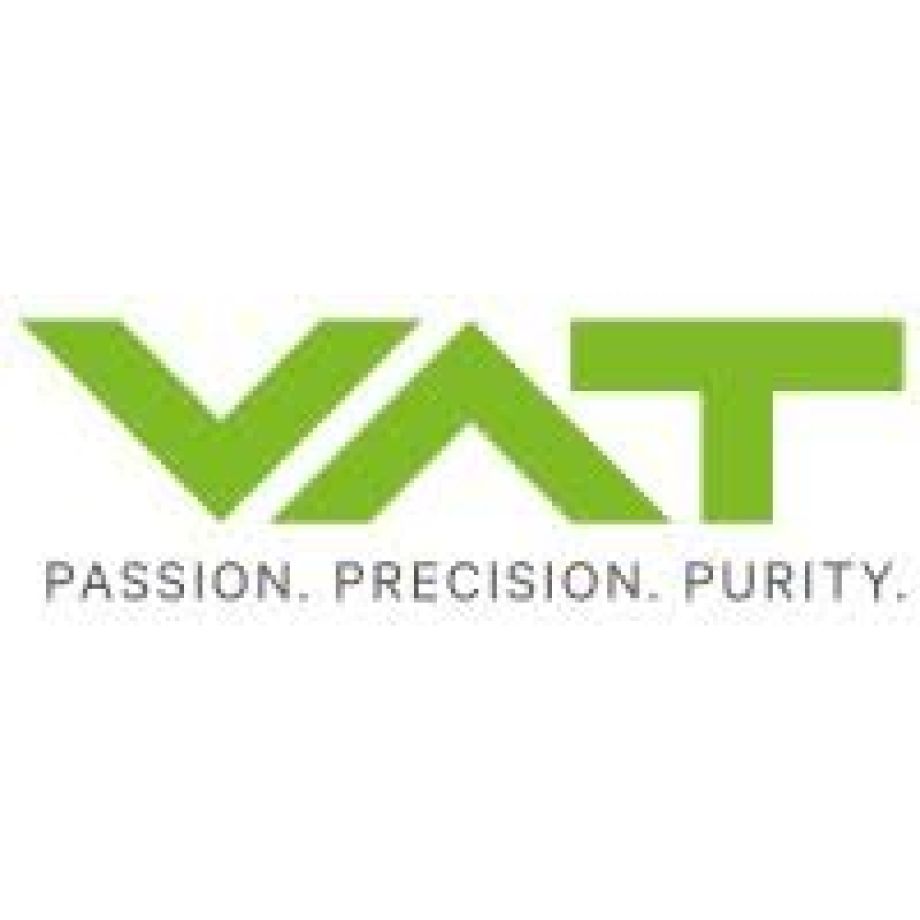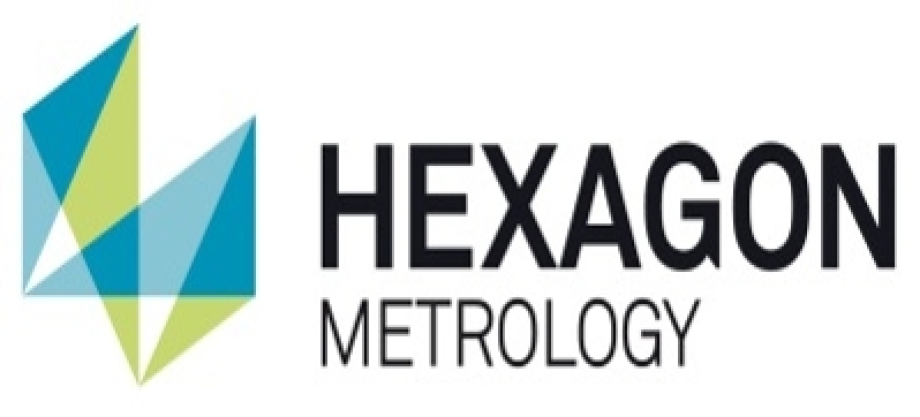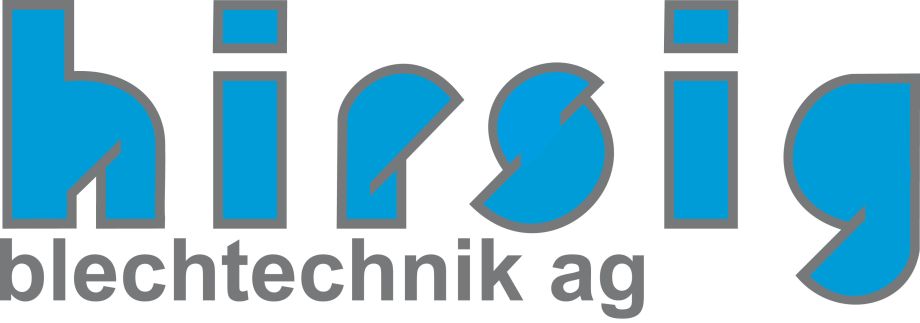New light dawns for CELEROTON’s X-ray choppers at the ESRF
Zurich Canton-based Celeroton AG offers low-jitter magnetic-bearing choppers to pulse infrared or X-ray beams for in vacuum nano-spectroscopy or crystallography applications. Taking immediate advantage of the ESRF increased machine brilliance (EBS Upgrade Program 2015- 2020), the year 2024 saw the commissioning of the new beamline ID29 coming with light choppers from Celeroton that deliver an extremely stable X-ray pulse train. In this set-up, two choppers are run synchronously to ultimately produce a variable pulse length capability.
Geneva-based Rollvis SA turns the screw on wayward particles for the new High-Luminosity LHC collimators
The beam intensity of the High-Luminosity LHC project is ten times higher than the original LHC, prompting the development of upgraded collimators to protect the accelerator. Particles that stray from the beam trajectory will be absorbed by thirty new, more efficient collimators. Roller screws from the Swiss company Rollvis SA that transform a rotational movement into a linear force come to play in the high-precision mechanical actuation system of the collimator.
VAT wins seal of approval from ITER
ITER requires perfect, robust metal seals to meet its demanding applications in ultra-high vacuum (10-8 to 10-12 mbar) and heightened radioactivity conditions. VAT Vacuumventile AG, a global leader in the development and production of UHV vacuum valves, based in the Swiss Rhine Valley, Canton St. Gallen, has been working with ITER since 2014 within the Framework Contract for ITER Standardised All Metal Vacuum Valves and since 2016 within the Framework Contract for Elastomer Valves.
SENIS maps magnetic field for ITER's giant toroidal magnets
In the quest to qualify the ITER European batch of toroidal field coils, SENIS AG, based in Canton Zug, Switzerland, is mapping the magnetic field around the 'D' shaped giant toroidal field coils. The device combines the magnetic field measurement accuracy of SENIS' 3-axis Hall sensor measurement instruments with the positioning precision of a Hexagon Leica Laser Tracker, the Swiss metrology reference product used to measure all large ITER structures. SENIS 3-axis sensor consists of patented vertical and horizontal Hall elements fabricated in CMOS silicon technology. The result is that in a single measurement, the size of three components of the magnetic field and the probe's position are known- instantly, with an impressively high signal-to-noise ratio and resolution.
Volotek's Ultra High Vacuum Controllers back in action for the LHC 2022 restart
Following a three-year shut down the LHC was restarted on March 22nd 2022 at 08:00. For the next four years it will run with an energy boosted from 6.5 TeV to 6.8 TeV per beam, allowing for a new phase of experimentation.
Amazingly, as for every restart, the vacuum controllers of Volotek, a Swiss electronics company based in Geneva, performed the important task of verifying the quality of the vacuum level before any particle beam entered the tube. The Volotek Controllers are part of the indispensable monitoring and vacuum engineering distributed all along the LHC ring and participates in guaranteeing the proper circulation of the beam. Presently, the Bayard-Alpert gauge (type SVT 305) with the Volotek Controller remain the baseline instruments for the LHC vacuum monitoring. This fundamental vacuum measurement technique, introduced by CERN for the ISR in the 1970s still serves all high vacuum measurements at CERN. .Swiss precision frames hit the road to international success at EuXFEL
In a collaboration with the Paul Scherrer Institute (PSI), MDC Max Daetwyler AG in Ursenbach has developed unique high-precision support frames with mechanical drive systems for the undulator magnets of the SwissFEL free-electron laser. Their performance has been noticed also abroad. Undulator modules of this design will now be employed as well at the European X-Ray Free-Electron Laser Facility in Schenefeld near Hamburg. Four 13-ton undulators have been modified to the EuXFEL requirements, produced and transported 1,150km across Germany. After magnetic optimization, the undulators are planned to be installed in December 2021 .
Swiss-built laser trackers take leading role in assembly of the very large structures at the ITER project
Swiss-built laser trackers from Leica Geosystems are taking a leading role in assembly of the world’s largest fusion energy project - the ITER tokamak for fusion energy under construction in Cadarache, France. Used across the ITER project, laser trackers are one of the core technologies underpinning the alignment and installation of the many very large components that are being delivered from ITER partners all around the world. Built exclusively in Switzerland by Leica Geosystems in Heerbrugg, the laser trackers build on 200 years of Swiss innovation in measurement technology.
Neuchâtel microelectronics centre creates wafer thin ceramic sensors for world’s largest fusion energy project
The Centre Suisse d'Electronique et de Microtechnique (CSEM) in Neuchâtel has created wafer thin ceramic sensors for the international ITER tokamak fusion energy project currently under construction in Cadarache, France. With a thickness of just 20 µm, each ceramic sensor is patterned on both sides with thin film metallic components. CSEM has used this project to push its precision microelectromechanical systems (MEMS) manufacturing processes and expertise beyond standard MEMS activity, opening up new capability for the future. This successful development makes this sensor a strong candidate for use in ITER. The final sensor selected after testing will form part of the tokamak control systems to monitor and control the radiation from the fusion plasma
Quality Swiss metalworking plays key role in the success of the ESRF’s Extremely Brilliant Source Program
Tens of metres of high quality precision welded aluminium waveguides have been manufactured in Switzerland by Hirsig Blechtechnik AG for the European Synchrotron Radiation Facility (ESRF) Extremely Bright Source (EBS) project. The waveguides transport microwaves into the electron storage ring to give electrons a high energy kick on every lap of the ring to keep them circulating at near light speed. The EBS project multiplies the brightness of the x-ray beams at the ESRF by a factor of 100 over its historic intensity creating an unprecedented tool for the exploration of matter and for the understanding of life at the macromolecular level.
MPS Microsystems combines smart engineering with Swiss precision to design and manufacture hundreds of positioning units for the MOONS instrument at the ESO Very Large Telescope
MPS Microsystems located in Biel, Switzerland is working with the MOONS consortium to build an advanced spectrograph instrument for the Very Large Telescope (VLT) at the European Southern Observatory (ESO) in Chile. The MOONS instrument will analyse the visible and infrared light from millions of stars and galaxies. MPS Microsystems has combined smart engineering with Swiss precision to design and manufacture positioning units that can quickly and simultaneously place 1000 fibre optics with micrometre accuracy at measurement points across the VLT image.
Unique Swiss bellows engineering design approved for ITER fusion reactor project
Kompaflex AG has designed, built and successfully tested a large prototype bellows for the ITER tokamak fusion project in Cadarache, France. The bellows will be used to isolate the ultra-high vacuum inside the cryostat from the building environment, whilst withstanding the extreme operating conditions of the fusion reactor. After meeting the challenging requirements of the ITER specification, a further 85 bellows will be manufactured, some as large as four meters in size.
Precision Swiss-German consortium manufactures prototype corrugated waveguides for the ITER fusion reactor
A precision Swiss-German manufacturing consortium led by Tiefbohrbär GmbH has developed prototype corrugated waveguides for the ITER fusion reactor that will be used to deliver microwaves into the hot burning plasma inside the reactor. The Tiefbohrbär consortium has manufactured waveguides in stainless steel, aluminium alloy and chromium-zirconium bronze and has been responsible for the required R&D for the high precision boring of the waveguide tube, the corrugation tooling and machining process, and a dedicated corrugation measuring system.
Imbach & Cie forge massive aluminium components with high precision for the CERN Large Hadron Collider
The High-Luminosity Large Hadron Collider project at CERN will increase the accelerator luminosity to allow experiments to gather more data and observe rare events after 2025. Swiss metal forging company Imbach is using an integral open-die forging and CNC controlled ring rolling process to manufacture massive cylindrical aluminium alloy sleeves enclosing the high-performance superconducting magnets that are a key part of the upgrade.
Swiss Superbolts Supplied for ITER Fusion Reactor Superstructure
Swiss Nord-Lock AG in St Gallenkappel, Switzerland have supplied specialist bolting solutions for the ITER fusion machine in a multimillion Swiss franc project. Superbolt multi-jackbolt tensioners (MJTs) made from Inconel will be used in the rigid superstructure supporting superconducting magnetic field coils that will confine the ITER plasma particles. The MJTs have been designed to operate under tremendous electromagnetic loads with working temperatures close to absolute zero.
Stäubli and CERN : a long-term relationship for high-quality Swiss electrical connectors
Stäubli Electrical Connectors maintains a long-term relationship with CERN by engineering and providing multi-coupling solutions for electrical connectors to transfer power, data and signals around the LHC. The Stäubli connector system is modular, compact, versatile and reliable and is a perfect solution for CERN where the ability to quickly connect or disconnect electrical racks from complex accelerator sub-systems is essential for minimising operational downtime.
X-ray detectors pioneered by DECTRIS in Switzerland transform research at the ESRF
Hybrid photon counting x-ray detectors pioneered by DECTRIS in Switzerland have transformed research at synchrotron light sources and are routinely installed at facilities around the world. Through a successful long term relationship between DECTRIS and the European Synchrotron Radiation Facility ESRF in France, over 17 detectors have been installed on research beamlines since 2009. Operating 24 hours a day, seven days a week, thousands of scientists visiting the ESRF from around the world rely on state-of-the-art detector technology from DECTRIS for their research.
OneFive GmbH Swiss advanced laser manufacturer develops ultrafast laser for European XFEL experiments
Swiss advanced laser manufacturer ONEFIVE GmbH has developed an ultrafast laser system for experiments at the European XFEL in Hamburg. Onefive used its expertise in low-noise ultrafast laser physics to build a fully optical fibre based front-end laser system to provide the initial laser pulses for the XFEL pump-probe laser. Following successful tests, three Onefive laser systems will be installed at the European XFEL.
Ampegon AG delivers high voltage power supplies for heating ITER plasma gas
The Electron Cyclotron system at the ITER fusion reactor will be used to heat a hot plasma gas to over 100 million ºC, almost ten times the temperature at the core of the sun. Ampegon AG has been contracted to design, manufacture, install and commission the power supplies for the Electron Cyclotron system. The company is supplying 8 high voltage power supplies (55 kV/100 A) and 16 body power supplies (35 kV/100 mA) to be installed at the ITER site at Cadarache in France from 2019.
IOxOS Technologies provides ESS with a modular and long-term available hardware platform for its Control System
IOXOS Technologies in partnership with the Paul Scherrer Institute, has used its expertise and proven experience in the development of distributed real-time control systems for high energy physics to provide a long-lasting modular hardware platform for the European Spallation Source accelerator control system. The collaboration with the European Spallation Source and the Paul Scherrer Institute has allowed IOxOS Technologies to consolidate its position as a reliable solution provider to high energy physics laboratories, and enabled the company to pursue new opportunities to implement control solutions for other research facilities.
SwissNeutronics AG delivers Highly Brilliant Neutron Beams to ILL
SwissNeutronics is a leading supplier of neutron guide systems and neutron optical devices based on supermirror technology. Over the past 10 years, several hundred metres of supermirror neutron guide have been manufactured by SwissNeutronics and installed at the Institut Laue-Langevin in France as part of its refurbishment and development programmes. Using SwissNeutronics technology has delivered a factor x10 performance increase for the research instruments at the facility.
CSEM designs for ESO the mechanism for the stabilization unit of the E-ELT M5 Mirror
The Swiss research and technology organisation CSEM has designed an adaptive optics control system for the ESO E-ELT telescope in Chile, the largest optical telescope in the world. The CSEM system adjusts a 2.5 m x 3 m elliptical mirror weighing 450 kg with nanometre accuracy to correct for atmospheric turbulence without being influenced by the telescope vibrations during the E-ELT star tracking motion. Based on the success of a full-size demonstrator design, ESO has commissioned the CSEM system for installation at the E-ELT.
Smartec SA Fiber Optic Sensors monitor ITER Magnets at Extreme Temperatures
Smartec SA, the leading supplier of fibre optic solutions for geotechnical and structural monitoring projects, has supplied the ITER fusion project with bespoke solutions for remote sensing and monitoring in extreme conditions - high magnetic fields, temperatures near absolute zero, vacuum, high radiation doses and electromagnetic noise. By working with ITER, Smartec is now well-placed to take advantage of new business opportunities through its expanded range of products and expertise in providing remote sensing in extreme conditions.





















